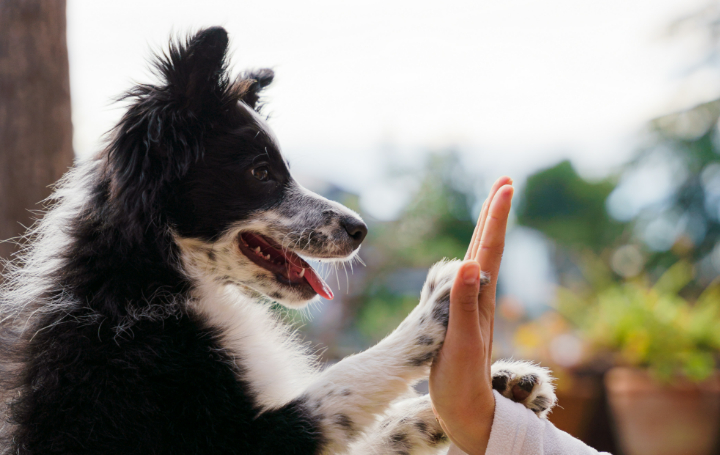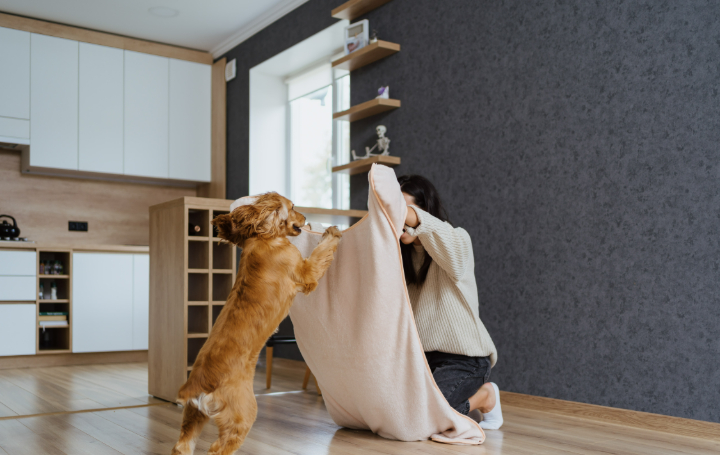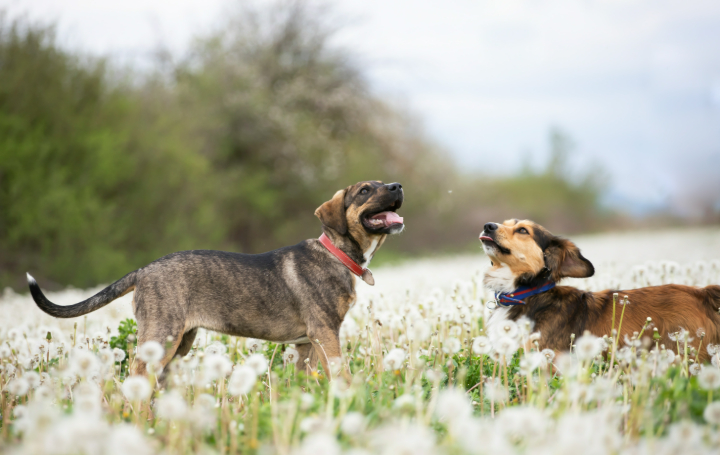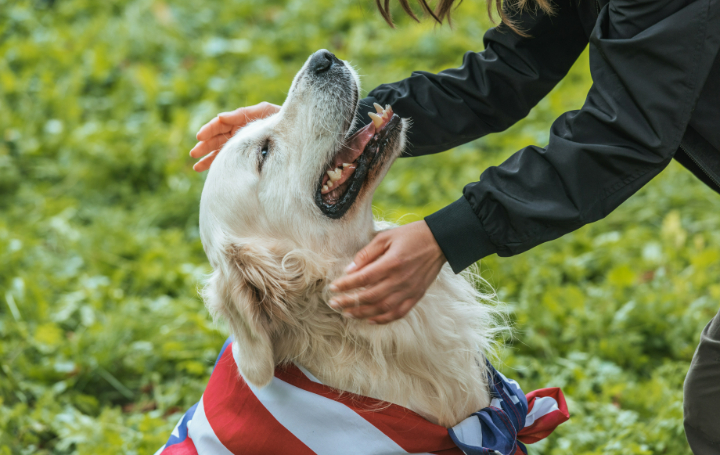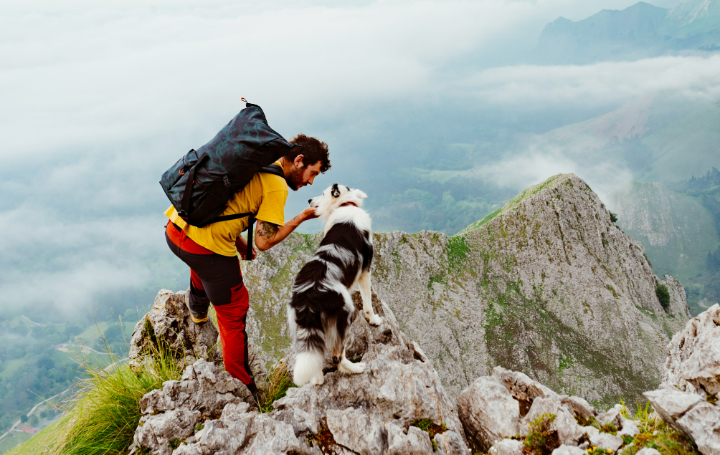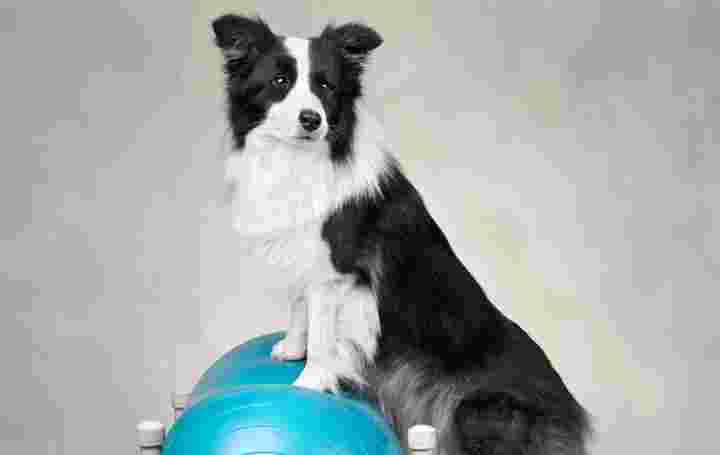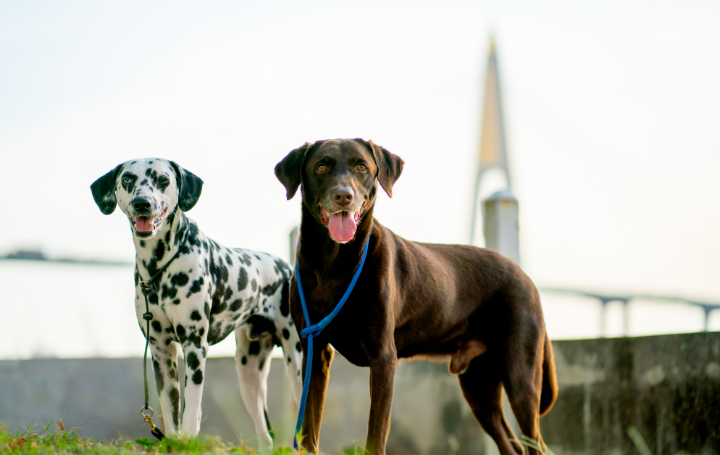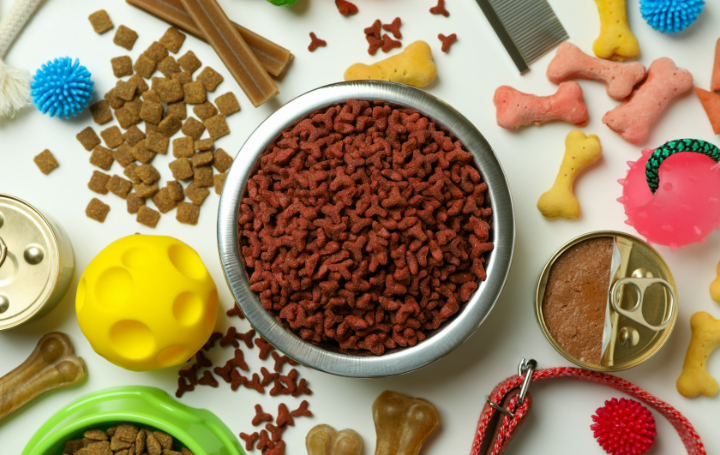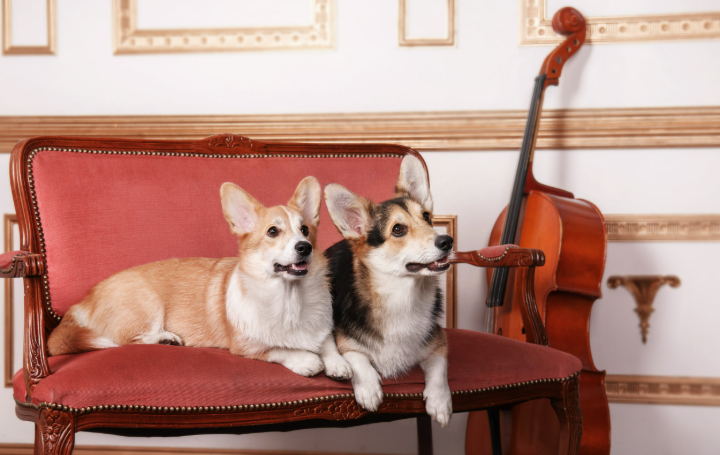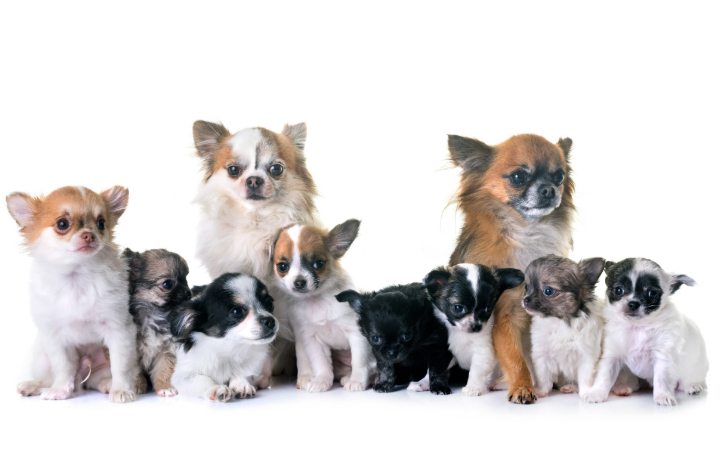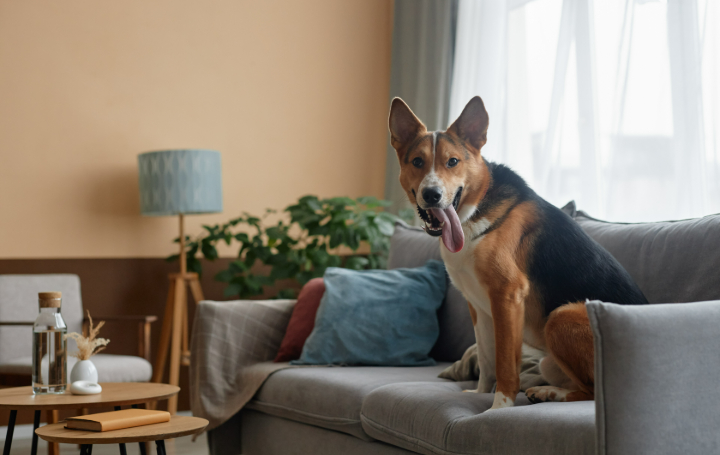The Benefits of Positive Dog Training Methods: Building Trust
Dogs are more than just pets; they are family. They wag their tails when we come home, cuddle with us when we feel down, and bring endless joy to our lives. But let’s be honest—sometimes they also chew on our favorite shoes, bark at the mailman, or dig up the backyard. That’s where training comes in.
For many years, people used punishment-based training to teach dogs right from wrong. Harsh corrections, choke collars, and fear-based techniques were common. But thankfully, times have changed! Positive dog training methods have taken the lead, and for good reason. This approach not only teaches good behavior but also strengthens the bond between you and your furry friend.
So, let’s explore why positive training is the best way to build trust with your dog and make training a fun and rewarding experience for both of you.
What is Positive Dog Training?
Positive dog training, also known as reward-based training, is all about encouraging good behavior through rewards. Instead of punishing a dog for doing something wrong, you reward them when they do something right. These rewards can be treats, toys, praise, or even belly rubs—whatever makes your pup’s tail wag with happiness.
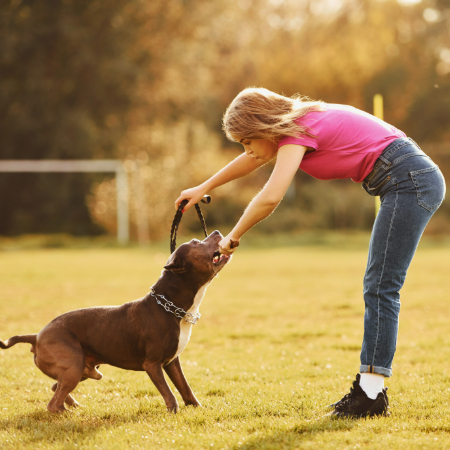
This method is backed by science. Studies show that dogs trained using positive reinforcement learn faster, retain commands better, and are less likely to develop fear or anxiety compared to dogs trained with punishment.
Why Positive Training Builds Trust
Trust is the foundation of any great relationship, and the same goes for you and your dog. Here’s how positive training helps build that trust:
1. It Makes Training Enjoyable
Imagine learning a new skill. Would you rather be rewarded for getting things right or yelled at for making mistakes? Just like humans, dogs respond better when learning is fun. When training is enjoyable, your dog will be eager to listen and learn, making the whole process smoother.
2. It Reduces Fear and Anxiety
Dogs trained with punishment often become fearful. A pup that’s scared of being yelled at or hurt won’t feel safe around its owner. On the other hand, positive reinforcement creates a safe and happy learning environment. Your dog learns to associate training time with fun and rewards instead of stress and fear.
3. It Strengthens Your Bond
When you train using rewards, your dog sees you as a source of good things. They’ll look forward to interacting with you and trust that you have their best interests at heart. This trust makes your dog more likely to listen to you, even in difficult situations.
4. It Encourages Better Communication
Positive training is all about clear communication. Instead of saying “no” all the time, you teach your dog what to do. This helps your dog understand your expectations without confusion or frustration.
How to Use Positive Training in Everyday Life
Now that we know why positive training is awesome, let’s talk about how to use it!
1. Reward Good Behavior
Catch your dog doing something right and reward them! For example, if they sit calmly instead of jumping on guests, give them a treat. This reinforces good habits and makes them more likely to repeat the behavior.
2. Use Treats Wisely
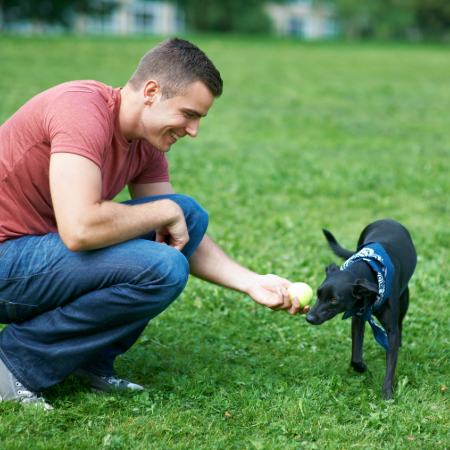
Treats are a great motivator, but balance is key. Make sure they are small and healthy to avoid overfeeding. Eventually, you can replace treats with praise, toys, or affection.
3. Be Consistent
Dogs thrive on consistency. If jumping on the couch is sometimes okay and sometimes not, your dog will be confused. Set clear rules and stick to them so your dog knows what to expect.
4. Keep Training Sessions Short and Fun
Dogs, especially puppies, have short attention spans. Keep training sessions to about 5–10 minutes at a time and always end on a positive note.
5. Redirect Instead of Punish
If your dog does something you don’t want, like chewing on your shoes, redirect them to a toy instead of scolding them. This teaches them what to do instead of just what not to do.
6. Be Patient
Learning takes time. Some dogs pick up commands quickly, while others take longer. Stay patient and celebrate small successes along the way!
Common Myths About Positive Training
Despite its benefits, some people still believe that positive reinforcement doesn’t work for all dogs. Let’s bust some myths!
Myth #1: “You Can’t Train Stubborn Dogs With Positive Methods”
Reality: Any dog can learn with the right motivation. Some dogs may need higher-value rewards (like chicken instead of regular kibble), but they can still be trained positively.
Myth #2: “Dogs Will Only Listen If You Have Treats”
Reality: While treats are a great tool in the beginning, the goal is to gradually replace them with praise and affection. With consistent training, dogs will respond even without food rewards.
Myth #3: “Positive Training Takes Too Long”
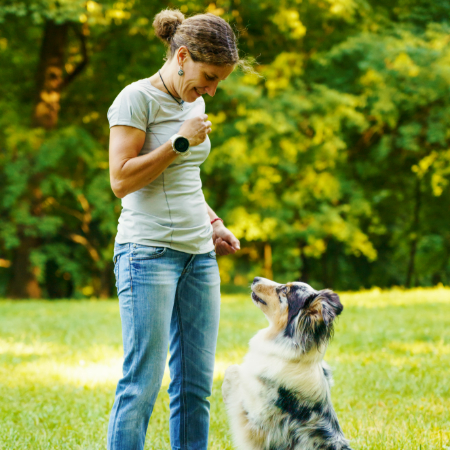
Reality: Positive training actually works faster because dogs enjoy it. Fear-based methods might stop bad behavior quickly, but they don’t teach dogs what to do instead.
Final Thoughts
Positive training is more than just a method—it’s a way to build a strong, trusting relationship with your dog. By using rewards, patience, and encouragement, you create a happy learning environment that helps your pup feel safe and loved.
So, next time your dog sits, stays, or walks nicely on a leash, don’t forget to celebrate their success! A little treat, a cheerful “good dog!” or a belly rub can go a long way in strengthening your bond.
Remember, training should be a joyful experience for both of you. After all, a well-trained dog isn’t just a well-behaved companion—they’re a happy and confident one too.
Happy training!
Doglime for more dog-related information.
Tags
